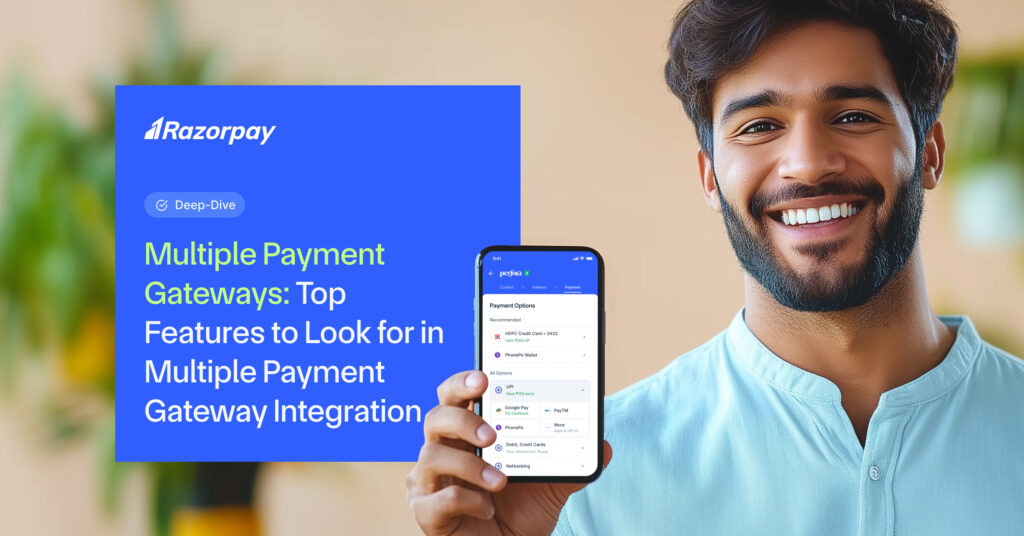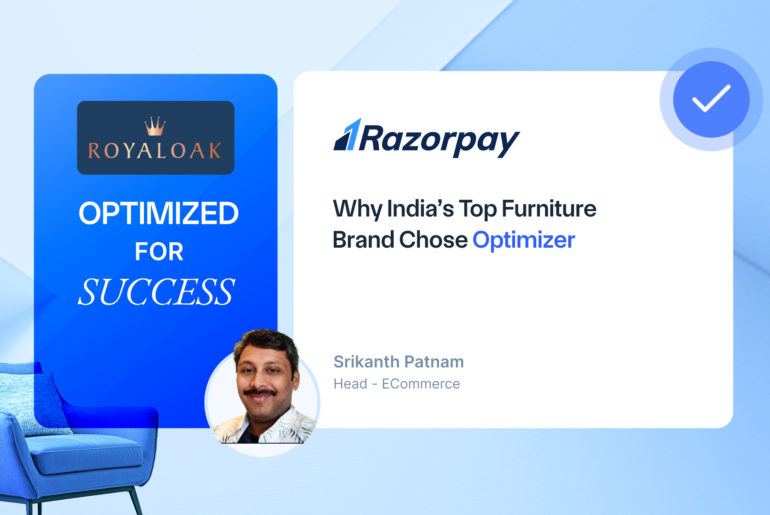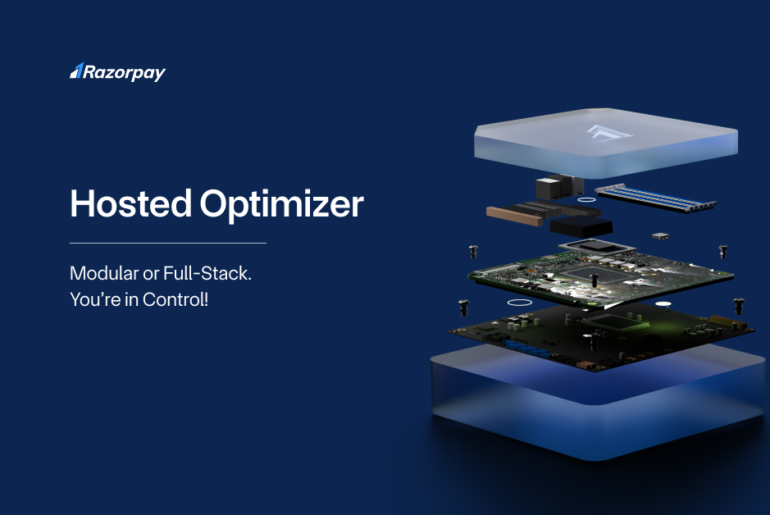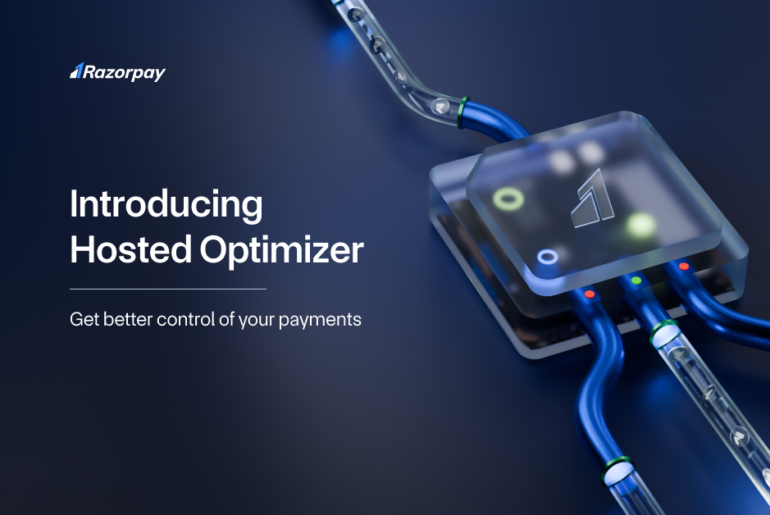Multiple payment gateways refer to using more than one platform to process customer payments. Imagine you run an online marketplace with high transaction volumes. During peak sales, one payment gateway might slow down or hit capacity, potentially disrupting your business. With multiple gateways in place, you can easily route transactions through an alternative option, keeping payments smooth and customers happy. It also gives you the flexibility to support a broader range of payment methods, like UPI, credit cards, or wallets, catering to diverse customer preferences.
Let’s break it down—what are the key benefits of integrating multiple payment gateways, the crucial factors to consider, and the must-have features to ensure a seamless setup
Why Do Businesses Need Multiple Payment Gateways?
In today’s fast-paced digital world, relying on a single payment gateway can limit your business’s growth and customer satisfaction. Here’s why having multiple gateways in place is a smart move:
Higher Customer Satisfaction
A smooth and flexible payment process goes a long way in improving customer satisfaction. By offering diverse payment options and ensuring minimal downtime, you make it easier for customers to complete their purchases. This not only creates a positive impression but also builds trust, encouraging repeat purchases and long-term customer loyalty.
Reduced Revenue Loss
Payment failures or gateway downtime can lead to significant revenue loss, especially during high-demand periods like sales events or festive seasons. Having multiple gateways ensures that transactions can be rerouted in case of issues, reducing the risk of disruptions. This proactive approach safeguards your revenue and keeps customers happy.
Increased Transaction Success Rates
Not all gateways perform equally across banks and payment methods. By integrating multiple gateways, you increase the likelihood of successful transactions. Each gateway can specialize in certain types of payments, reducing cart abandonment and ensuring a smoother checkout experience for your customers.
Flexibility in Payment Options
Modern customers expect a variety of payment options, whether it’s UPI, wallets, credit cards, or BNPL. Multiple gateways allow you to support these diverse preferences, catering to a wider audience. This flexibility ensures that every customer finds a payment method they trust, making your business more inclusive and customer-friendly.
Competitive Edge
A seamless payment experience is a key differentiator in today’s competitive market. Businesses that prioritize customer convenience through multiple payment gateways stand out as reliable and forward-thinking. This helps you build a reputation for excellence, attracting new customers while retaining existing ones.
Streamlined Operations
Managing payments becomes more efficient when you have multiple gateways. By distributing the load and strategically routing transactions, you can optimize backend operations. This not only ensures smoother processing but also reduces the strain on a single gateway, improving overall system performance.
Future-Proofing Your Business
The payment landscape is constantly evolving, with new preferences and technologies emerging regularly. Integrating multiple gateways gives you the flexibility to adapt quickly to these changes, ensuring your business stays relevant and ready for future growth. It’s an investment in scalability and long-term success.
What Are the Key Features to Look for When Integrating Multiple Payment Gateways?
- AI Routing
AI routing intelligently determines the most suitable payment gateway based on various parameters like customer location, payment method, and transaction history. This helps ensure smooth transactions and optimizes success rates by directing payments to the gateway best equipped to handle the request. With AI routing, you can improve the overall efficiency of your payment system, reduce payment failures, and keep your customers satisfied.
- Easy Integration with Quick Setup
One of the biggest challenges of integrating multiple payment gateways is the time it takes. Look for solutions that offer easy integration with minimal setup time. Choose platforms that offer pre-built plugins or SDKs that streamline the process and reduce technical complexity. This way, you can focus more on growing your business rather than being bogged down by lengthy integration cycles.
- Unified Data
Managing transactions across multiple payment gateways can become overwhelming without a centralized system to consolidate the data. Look for a solution that aggregates all transaction data into a single, unified view. This enables you to easily track payments from various sources, helping you analyze performance across gateways in one place. A unified data system streamlines your reporting process, providing a clear overview of all transactions, and helping you spot trends and identify any discrepancies.
- Easy Reconciliation
With multiple payment gateways, reconciling transactions can be complex and time-consuming. To make this process smoother, choose a solution that simplifies reconciliation by automatically matching transactions from different gateways. This reduces manual effort, ensures accuracy, and accelerates the process. With easy reconciliation, you can quickly identify and resolve payment issues, ensuring that your financial records are always up-to-date and accurate.
Multi-Currency Support
If you’re serving a global audience, multi-currency support is essential. Choose gateways that allow you to accept payments in various currencies and adapt to international payment methods. This feature ensures your business can scale globally without worrying about complex currency conversions or payment processing restrictions, ultimately enhancing the customer experience for international buyers.
Customizable Checkout Experience
A seamless and consistent checkout experience is vital for customer satisfaction. Look for solutions that allow you to fully customize the checkout process across all integrated gateways. This ensures that customers enjoy a unified experience, whether they are paying with UPI, cards, or wallets, maintaining your brand identity while enhancing usability and convenience.
Security and Compliance
Payment security is non-negotiable when handling customer data. Ensure that the payment gateways you choose comply with industry standards like PCI-DSS and other regional regulations. Features like tokenization, end-to-end encryption, and fraud detection mechanisms help protect sensitive information and keep your payment system secure. A robust security framework not only ensures compliance but also builds trust with your customers.
Integrating multiple payment gateways isn’t just about managing transactions; it’s about adapting to customer needs. With the right features, you create a payment infrastructure that’s efficient, secure, and ready for growth.




